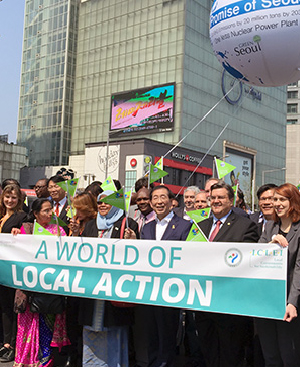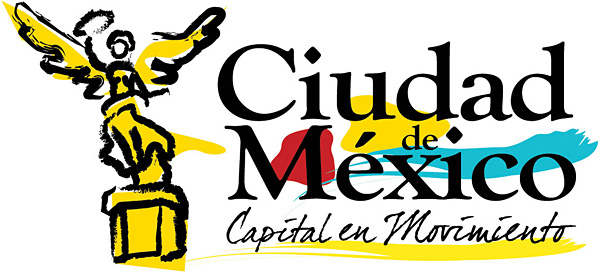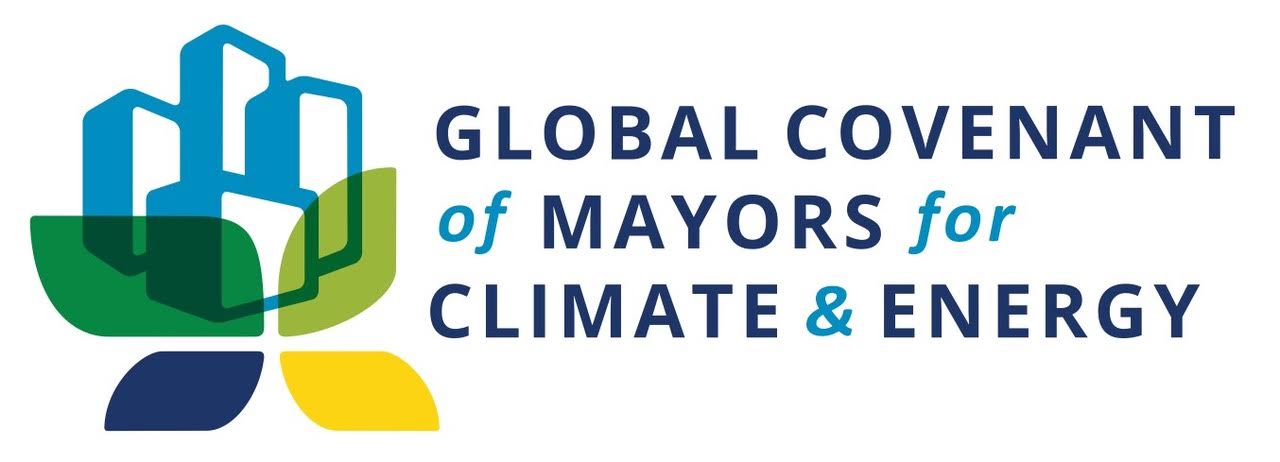- Home
- Reporting entities
- Municipality of Chihuahua
Municipality of Chihuahua
Mexico Mayor: María Eugenia Campos Galván-
Population 819543

-
Area 9219.3km 2
-
GDP 350 ThousandCUP
-
Targets by N/A N/Aemission
Targets by Municipality of Chihuahua
There are no targets yet
- Start year:
- Type: Technical/Infrastructure investment
- Status: In operation
Federal, state and local governments made deep investments
in this plan to bring about efficient personal mobility
as a support to economic and social development. The first
trunk line extends 20.44 km and will provide rapid connections
between the city’s northern and southern districts to
more than 4000 riders per hour. The integrated public transport
system will feature dedicated bus lanes, thirteen trunk
lines, nineteen feeder lines, twenty conventional lines, 43
strategically located transfer points and two transfer terminals.
- Transport

- Start year: 2011
- Type: Technical/Infrastructure investment
- Status: Completed
Regarding waste materials and in response to one of the
city’s most tangible and extreme pollution and urban image
problems, a major oversight/enforcement operation
was undertaken citywide to rein in clandestine construction
refuse and garbage dumpling. As part of this effort, four
control sites for the proper and legal rubble disposal were
opened and received more than 300,000 m3 of construction
refuse, reducing sanctions by 50% in the corresponding
timeframe. Investments in contracting D6 and D8 machinery
for proper construction oversight were also made
and have led to increased citizen participation with regard
to authorized site use.
- Waste

- Start year: 2012
- Type: Technical/Infrastructure investment
- Status: In operation
In concert with different social sectors, the Chihuahua local
government is acting to reverse climate change. During the
period covered, reforestation efforts have been carried out
in the city of Chihuahua using endemic tree species that can
resist atypical temperatures seen in recent years. To date,
more than 5,756,000 m2 of large trees have been planted
Aguascalientes

Mayor María Eugenia Campos GalvánMunicipality of Chihuahua, Mexico



